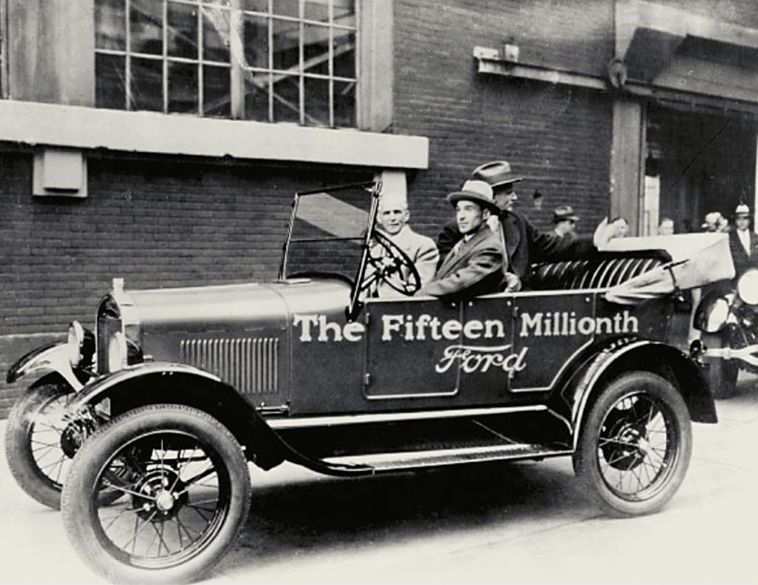Protracted development has been a hallmark of EV power sources since day one.
A propulsion system is only as reliable as its fuel source. As outlined in the first article of this series, while the first EV appeared in the 1830s, the rechargeable battery did not exist and so it was viewed as magical amusement and not reliable transportation.
While electric motors have evolved over the years to become more compact, powerful, and efficient, the battery is the critical component of an EV’s propulsion system. Thus, I will focus on battery evolution.

Lead-acid breakthrough
In 1859, the French physician Gaston Planté invented the rechargeable battery based on the lead-acid system (still used today). This “fueled” the development of electric vehicles through the late 1800s and early 1900s.
However, these early EVs faced many challenges. Batteries were expensive and you had to remove a 500 to 1,000 lb battery every few days, check the acid levels, top off low cells, replace dead cells, remove sludge from cells and periodically clean or replace plates. Also, in the late 1800’s and early 1900’s, the electrical grid was very limited thus you could not easily find locations to re-charge your batteries.
In 1908, Thomas Edison offered a solution to difficult and dangerous battery maintenance with his nickel-iron Storage Battery that required no maintenance. However, with a lifespan of only up to 4 years, this was a very expensive solution. This battery drove up the price of a new EV and every four years you had to replace the battery at a cost equal to buying a new Ford Model T. Yes, a battery for the price of an entire car.
Low density, limited range
Lead-acid and nickel-iron batteries are comparably large and heavy: compare a 12-volt car battery to a one-gallon jerry can of gasoline. This low energy density resulted in a very heavy and expensive vehicle, with limited range.
By the 1920s, the Internal Combustion Engine power unit had won the battle and became the main propulsion system for motor vehicles. However, EVs were not dead. Industrial EVs continued to develop with the first electric forklift appearing in 1923. For over-the-road use, in the late 1940’s, British dairies started to use electric milk floats (small electric trucks), for their door-to-door milk deliveries. In the recreational sphere, by the 1950s there were also several manufacturers of electric golf carts.
Rechargeable battery development continued through the 20th century with a breakthrough in 1974, by British chemist M. Stanley Whittingham, that produced the earliest form of the modern Lithium-ion or Li-ion rechargeable battery. Further development of Li-ion over the past 48 years has changed the “power supply landscape” and fueled the creation of many new products, from cordless power tools to compact cell phones, to a new generation of EVs.
History repeating itself?
So, we know where we are today with rechargeable batteries. However, we must pause and remember how long it has taken us to get here. Rechargeable batteries were born in 1859, long before the birth of the automobile, and it has taken us 163 years to create a battery that is heavier than an ICE power unit, has a lower energy density than gasoline or diesel, has range issues and takes significantly longer to charge than filling the fuel tank for an ICE power unit. Sounds like history repeating itself.
Yes, EVs have evolved, but the evolution of the ICE power unit has significantly raised the bar and after 163 years of development, the EV is still lagging ICE propulsion in many areas of daily life functionality. Now, we are expected to believe that, in just 13 years, EVs will meet or exceed daily life functionality of ICE?
I challenge you to apply practical and rational thought and to keep reading this series.
Peter-James Gregory is an entrepreneur, car guy and retired tire industry professional with a history of driving growth and creating value in the tire and automotive sectors. You can reach him at: [email protected].



